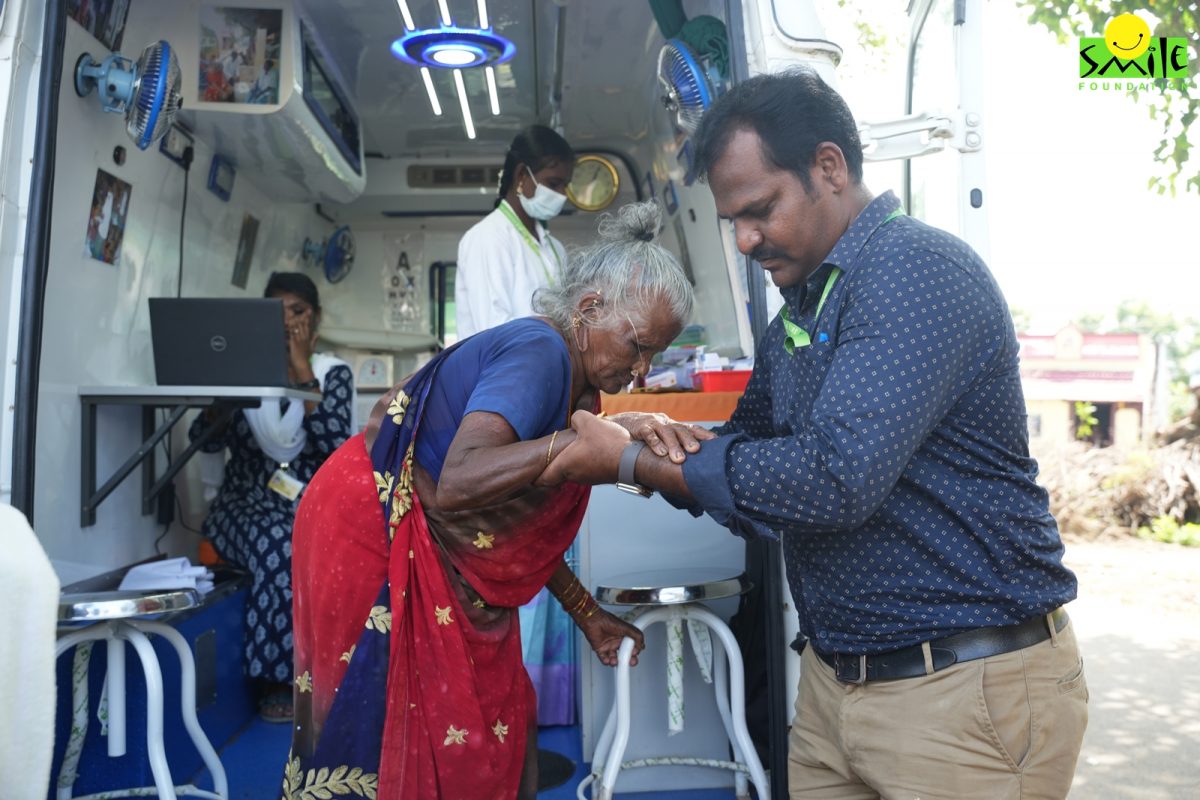Imagine a world where decisions about healthcare, education, and development are made not in far-off cities but right where they’re needed most—in the heart of local communities. This the promise of decentralization, a governance model that has transformed lives across India and beyond. By shifting power, resources, and responsibility from centralized authorities to local leaders and communities, decentralization has reshaped how social development happens, making it more participatory, context-sensitive, and effective.
In India, the idea of decentralization isn’t new—it’s rooted in the Gandhian vision of Gram Swaraj, or village self-rule. But how far have we come from the ideologies of the past? How has decentralization helped shape our society? And what challenges remain as we pursue more localized, people-first solutions?
Where It All Began: A Brief History of Decentralization in India
The roots of decentralization in India stretch back to 1952 with the launch of the Community Development Programme. The goal was to spur rural development, but the approach was largely top-down, sidelining local voices. It didn’t take long for cracks to appear—without community participation, initiatives failed to resonate with the very people they aimed to serve.
By 1957, the Balwant Rai Mehta Committee proposed a solution: a three-tier system of governance known as Panchayati Raj Institutions (PRIs). These institutions sought to bring governance closer to the people, empowering village councils (Gram Panchayats) with decision-making authority. Yet, even as the framework was set, decades of central control limited the true potential of PRIs.
Fast-forward to the 1990s, and we see a turning point with the 73rd and 74th Constitutional Amendments. These laws gave constitutional status to PRIs and Urban Local Bodies (ULBs), tasking them with handling critical issues like health, education, sanitation, and agriculture. The amendments also mandated that 33% of seats in PRIs be reserved for women, laying the groundwork for gender-inclusive governance.
Today, with over 3.1 million elected representatives across 250,000 Gram Panchayats, India has the world’s largest network of local governance. These numbers sound impressive, but how has decentralization translated into real impact?
The Case for Localization: Why It Works
At its core, decentralization thrives on a simple idea: those closest to a problem are best equipped to solve it. Here’s why that makes sense:
1. Addressing Local Needs with Local Knowledge
Think about this: no two regions in India are the same. What works in a Kerala village may completely miss the mark in a Rajasthani desert. Decentralization allows decision-makers at the local level to design programs suited to their community’s unique social, economic, and cultural context.
Take Kerala’s People’s Plan Campaign as an example. By engaging village-level assemblies to decide on development priorities, the state achieved enviable progress in areas like literacy and healthcare. The state now boasts a literacy rate of over 96%—the highest in the country—and life expectancy on par with high-income nations.
2. Boosting Participation and Ownership
When local communities are part of the decision-making process, they take ownership of initiatives. This participatory approach isn’t just empowering; it makes projects more sustainable. Take, for instance, Maharashtra’s water conservation programs led by local councils that have rejuvenated groundwater levels across arid regions, bringing farms back to life.
3. Equity and Inclusion
Decentralized interventions make it possible to address deep-seated inequalities. Marginalized communities gain representation in decision-making forums, while local programs ensure benefits reach the last mile. In Jharkhand, a decentralized education campaign boosted the enrollment of tribal children by designing classes in their native languages and cultural contexts.
4. Context-Driven Policies
Policies driven by top-down models often fail to account for local realities. For example, a sanitation program designed centrally might overlook the practical challenges of water scarcity in a rural village. Local councils, understanding these nuances, adapt initiatives to ensure usability and effectiveness.
Learning from the Ground: Civil Society Leading the Way
While decentralization has empowered governments, civil society organizations have taken it one step further by putting communities at the center of social interventions. Our work is an example of this.
Smile on Wheels: Healthcare to the Margins
Smile Foundation’s mobile healthcare units, Smile on Wheels, serve rural and remote populations left out of conventional healthcare systems. Instead of relying on a one-size-fits-all solution, the program works closely with local communities to understand their specific health challenges, from malnutrition to maternal care, and designs interventions accordingly. This program has brought medical services to over 2 million people, reducing preventable deaths and improving public health outcomes.
Mission Education: Co-Creating Futures
Smile Foundation’s Mission Education initiative enrolls children in schools and transforms the ecosystem around education. By working with parents, teachers, and community leaders, Smile ensures that children from disadvantaged backgrounds have both the motivation and resources to continue schooling. This grassroots focus has enabled over 300,000 children to access education.
These examples showcase how involving communities in problem-solving can amplify results.
Global Lessons in Localization
It isn’t just India—global trends are reinforcing the importance of localization. When the Millennium Development Goals (MDGs) were introduced in 2000, they sought to tackle global challenges like poverty and diseases. Yet, many goals remained unmet due to the centralized nature of interventions that often failed to account for local realities.
In contrast, the Sustainable Development Goals (SDGs), launched in 2015, highlight the importance of “localizing” efforts. This reflects the growing acknowledgment that sustainable change happens when solutions are tailored to local dynamics.
The United Nations’ recent push for “vocal for local” underscores this trend. As nations and NGOs worldwide embrace decentralized frameworks, they’re seeing the power of integrating community knowledge with institutional resources.
Challenges on the Path to Localization
For all its benefits, decentralization isn’t without hurdles:
- Capacity Gaps: Many local bodies lack trained personnel and technical expertise to implement projects effectively.
- Inequitable Funding: Resource disparities between regions can lead to uneven development.
- Elite Capture: In some cases, powerful local elites dominate decision-making, marginalizing disadvantaged groups.
- Central Reluctance: Even as laws call for devolution, central authorities may hesitate to relinquish control.
These challenges, while significant, point to the need for capacity-building and equitable resource distribution.
What Lies Ahead
Decentralization and localization hold immense promise for shaping a a more developed India. The key lies in continuing to strengthen local governance and fostering partnerships among governments, communities, and organizations like Smile Foundation.
Looking ahead, initiatives should focus on:
- Building technical capacity at the grassroots.
- Strengthening equity in resource allocation.
- Ensuring women, minorities, and vulnerable groups are at the table.
Decentralization is a commitment to putting people first. It’s a reminder that the most powerful solutions to our biggest challenges often lie within the communities we aim to serve. As Smile Foundation’s efforts show, when we listen to communities and empower them to lead, the results can be transformational.



